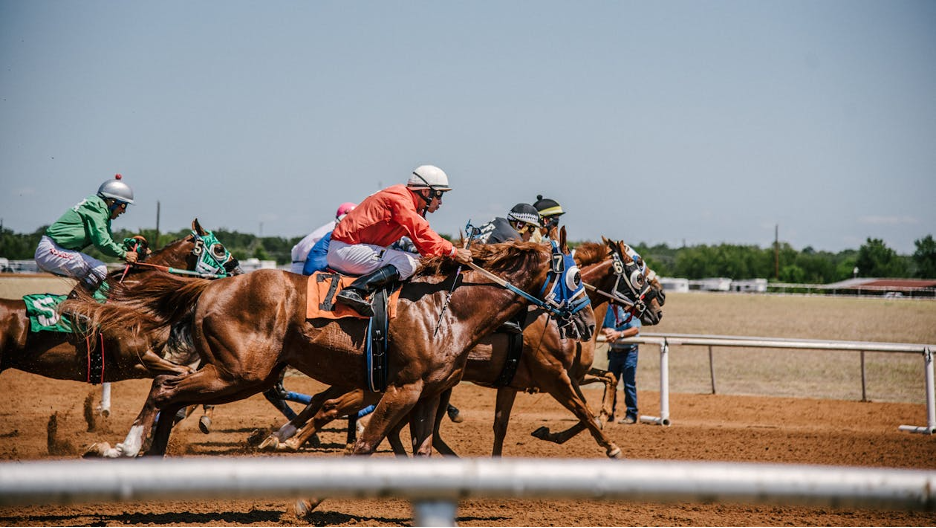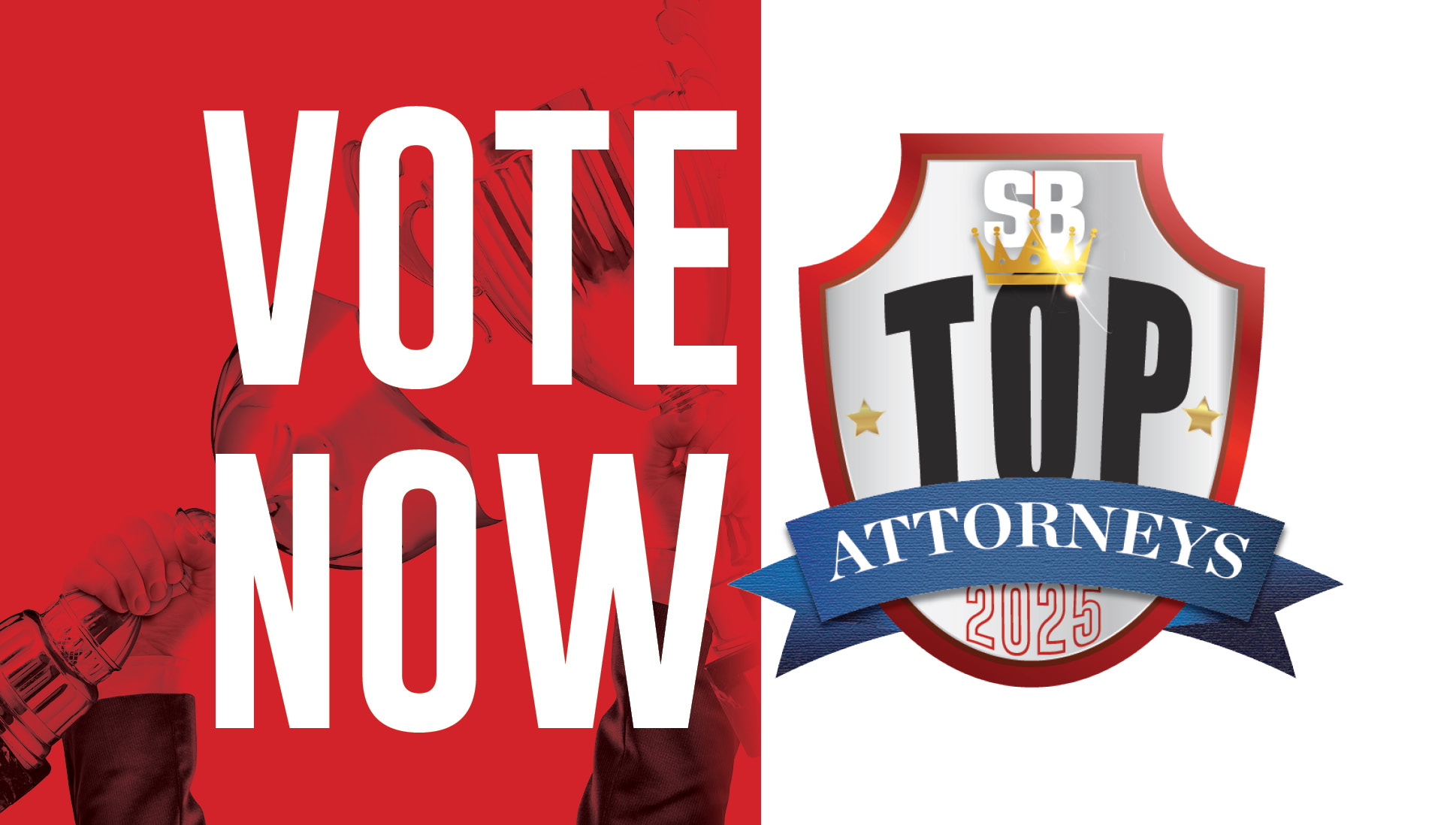There’s a certain poetry in owning a horse. The kind that canter beyond spreadsheets and into the realm of living, breathing investments. Unlike stocks, they look you in the eye. Unlike property, they can carry you at full gallop across an open field. And unlike many other tangible assets, their value is shaped by both skill and care.
For some investors, horses are more than a hobby. They’re a strategic allocation — a way to diversify, hedge, and maybe even indulge in a lifelong dream while building wealth. But this isn’t a market you approach with blind optimism. It’s one where the right knowledge can turn a passion into a performance asset.
Via Pexels
Understanding Horses as Assets
Just as a rare vintage car appreciates with maintenance, a well-bred, well-trained horse can hold or increase in value. But the value isn’t static — it’s influenced by bloodline, discipline, training milestones, and competition results.
Some investors focus on sport horses for disciplines like show jumping or dressage. Others lean toward breeding, banking on the offspring of champion lines. Leasing, syndication, and resale are also viable routes, especially for those who prefer to share ownership or offset costs.
Barriers to Entry — and How to Lower Them
Horses aren’t a “buy today, profit tomorrow” kind of investment. The upfront cost for a competitive or high-pedigree horse can rival that of a small apartment. Then there are boarding fees, training costs, insurance, and transport.
This is where syndicates come in. By pooling resources, investors can access top-tier horses without carrying the full financial burden. You still benefit from potential returns — whether from prize winnings, resale, or breeding — without committing to the entire capital outlay.
Maintenance as a Profit Strategy
Think of a horse like a performance engine. Every element of care impacts longevity, performance, and market value. Nutrition, veterinary care, training schedules, and competition planning all factor into the asset’s return potential.
Consumables play a surprisingly important role here. Products like horse supplements can help maintain peak condition, support recovery after training, and prevent performance-limiting issues. For an investor, these aren’t “optional extras” — they’re a calculated expense to protect and grow the underlying asset.
Exit Strategies That Make Sense
Unlike stocks, you can sell in seconds, exiting a horse investment takes timing and precision. Selling after a major competition win can spike market value. Breeding contracts can generate returns while you retain ownership. In some cases, leasing to competitive riders keeps the asset working (and earning) without a full sale.
Diversifying within the equine sector is also smart. You might hold one horse for breeding, another for competition, and invest in equine-related businesses or properties, spreading risk while keeping it all within the same ecosystem.
The Final Gallop
Investing in horses blends financial strategy with a touch of the romantic. Yes, it’s capital-intensive and yes, it comes with unique risks — but for the right investor, it offers something numbers alone can’t measure. A living, breathing asset that responds to care, discipline, and vision.
The paddock may not look like Wall Street, but in the right hands, it can deliver returns every bit as satisfying — and far more memorable.









